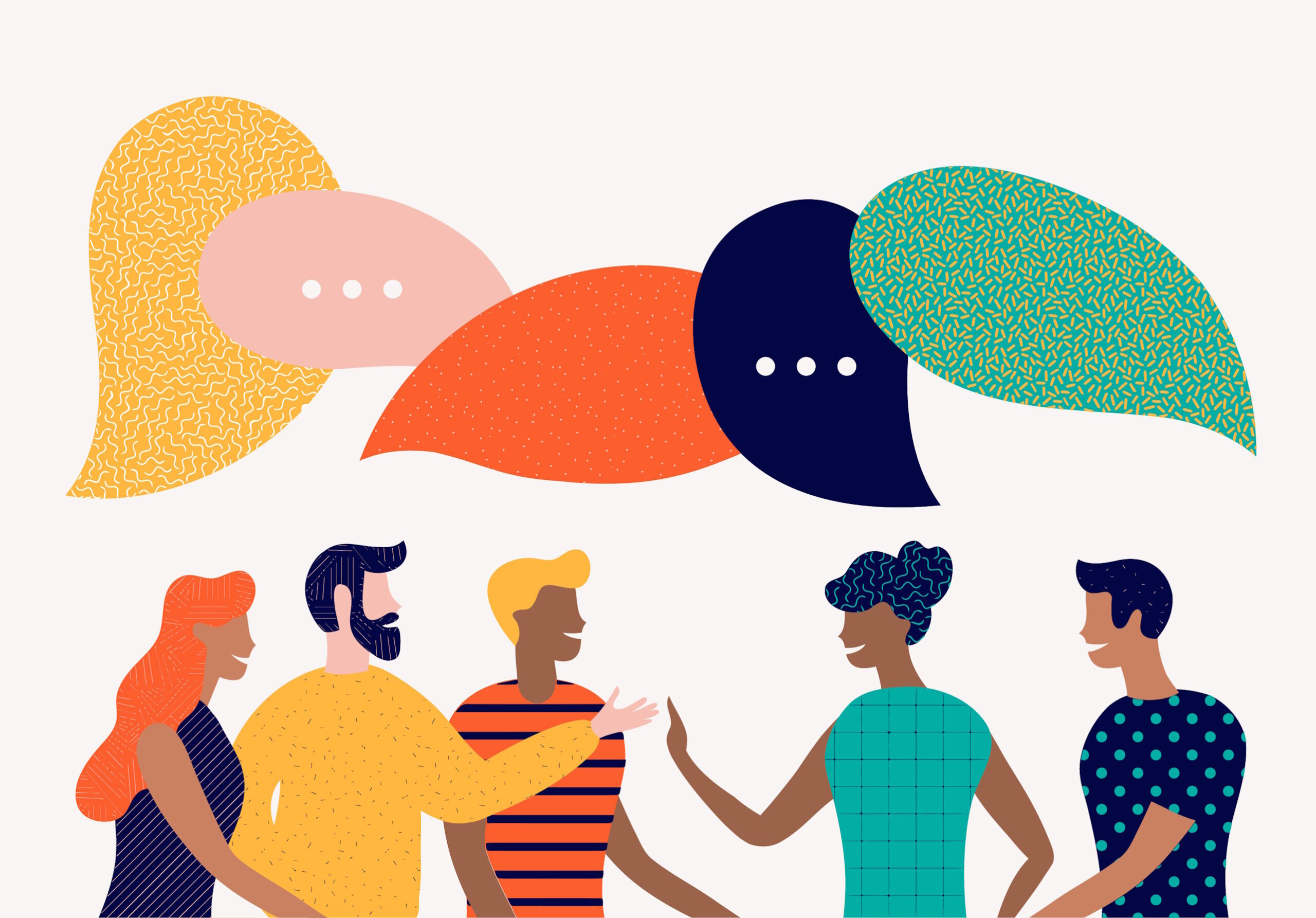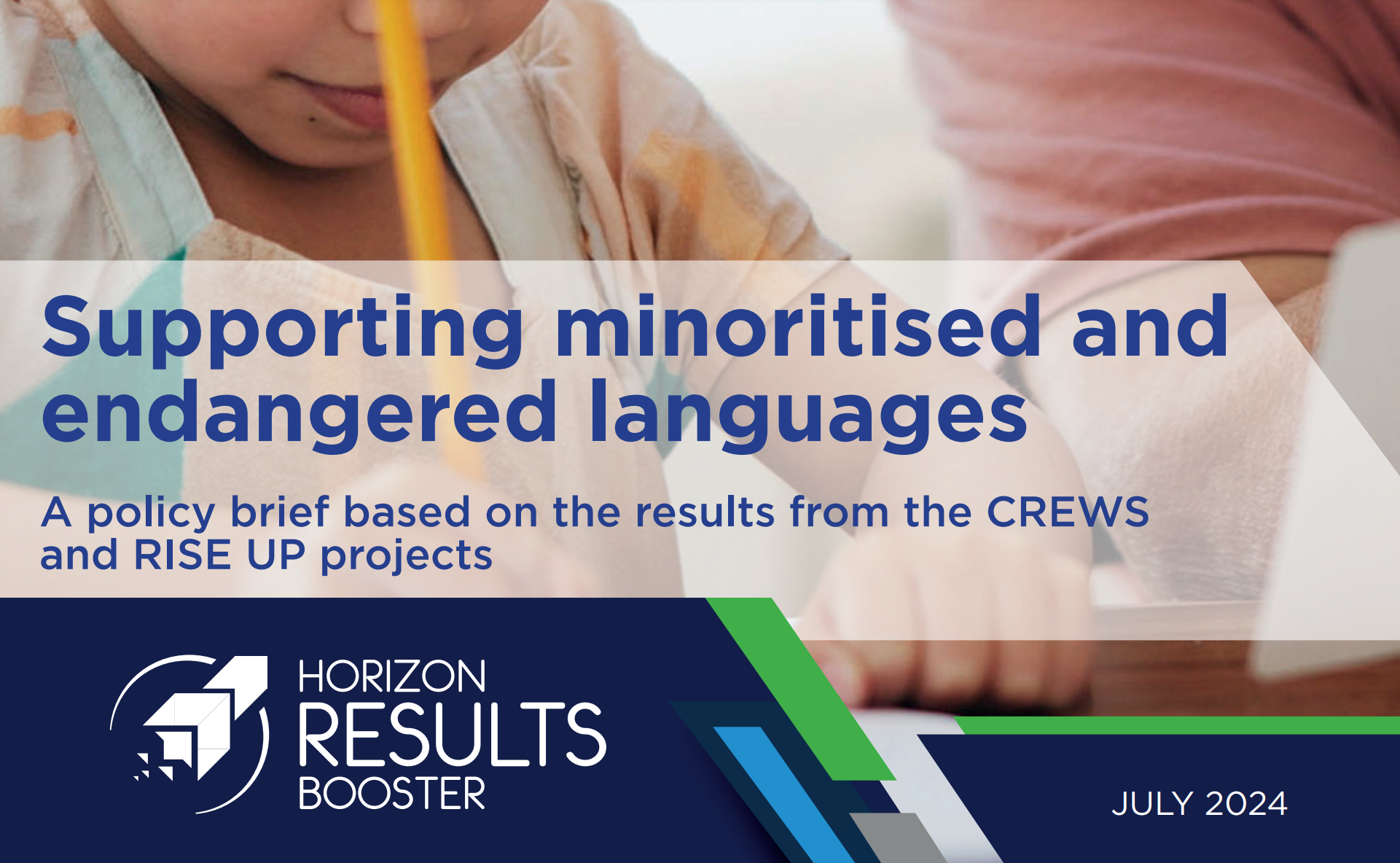
Gamification and its Impact on German Language Diversity
Introduction
Germany is known for its linguistic diversity, featuring a rich tapestry of dialects and minority languages. As the digital age evolves, new methods like gamification are emerging as innovative ways to preserve and promote this diversity. This article explores how gamification is shaping the German linguistic landscape.
What is Gamification?
Gamification involves using elements of game design in non-game contexts. In terms of language learning and preservation, this could mean using rewards, challenges, and interactive platforms to engage users in linguistic activities.
Gamifying German Dialects
Various apps and online platforms are now targeting the regional dialects of Germany, such as Bavarian, Low Saxon, and Alemannic. Users can earn points, badges, or other rewards by participating in challenges that involve understanding and using these dialects. This not only makes the learning process fun but also helps in the preservation of local language varieties.
Promoting Immigrant Languages
Immigrant languages like Turkish, Russian, and Arabic are a significant part of Germany’s linguistic diversity. Gamified apps focusing on these languages are being developed, allowing both native speakers and newcomers to engage with these languages. For instance, children raised bilingually in Turkish and German can benefit from game-based apps that offer vocabulary-building exercises in both languages.
Inclusion in Schools
Educational institutions are beginning to integrate gamified language programs into their curricula. These programs may feature interactive storytelling, quizzes, and even multiplayer competitions that focus on Germany’s regional languages or dialects. This incorporation in formal education amplifies the reach and impact of gamification on linguistic diversity.
Government Initiatives
The German government has shown interest in leveraging technology to preserve linguistic diversity. Funds have been allocated for the development of educational software that employs gamification techniques. This top-down approach significantly boosts the impact of gamification on promoting linguistic variety.
Challenges and Future Prospects
While gamification shows promise, there are challenges, including the risk of trivializing cultural heritage or alienating older generations less familiar with digital platforms. However, the potential benefits, such as greater youth engagement and cross-generational learning, suggest that gamification will play a critical role in shaping Germany’s as well as the world’s linguistic future.
Conclusion
Gamification is carving a niche for itself in the preservation and promotion of Germany’s linguistic diversity. By making language learning interactive and rewarding, it captures the attention of younger generations, ensuring that the rich linguistic tapestry of Germany is not only preserved but continues to evolve.
Keywords
Gamification, languages, language learning, education, linguistic diversity, Germany, language promotion


